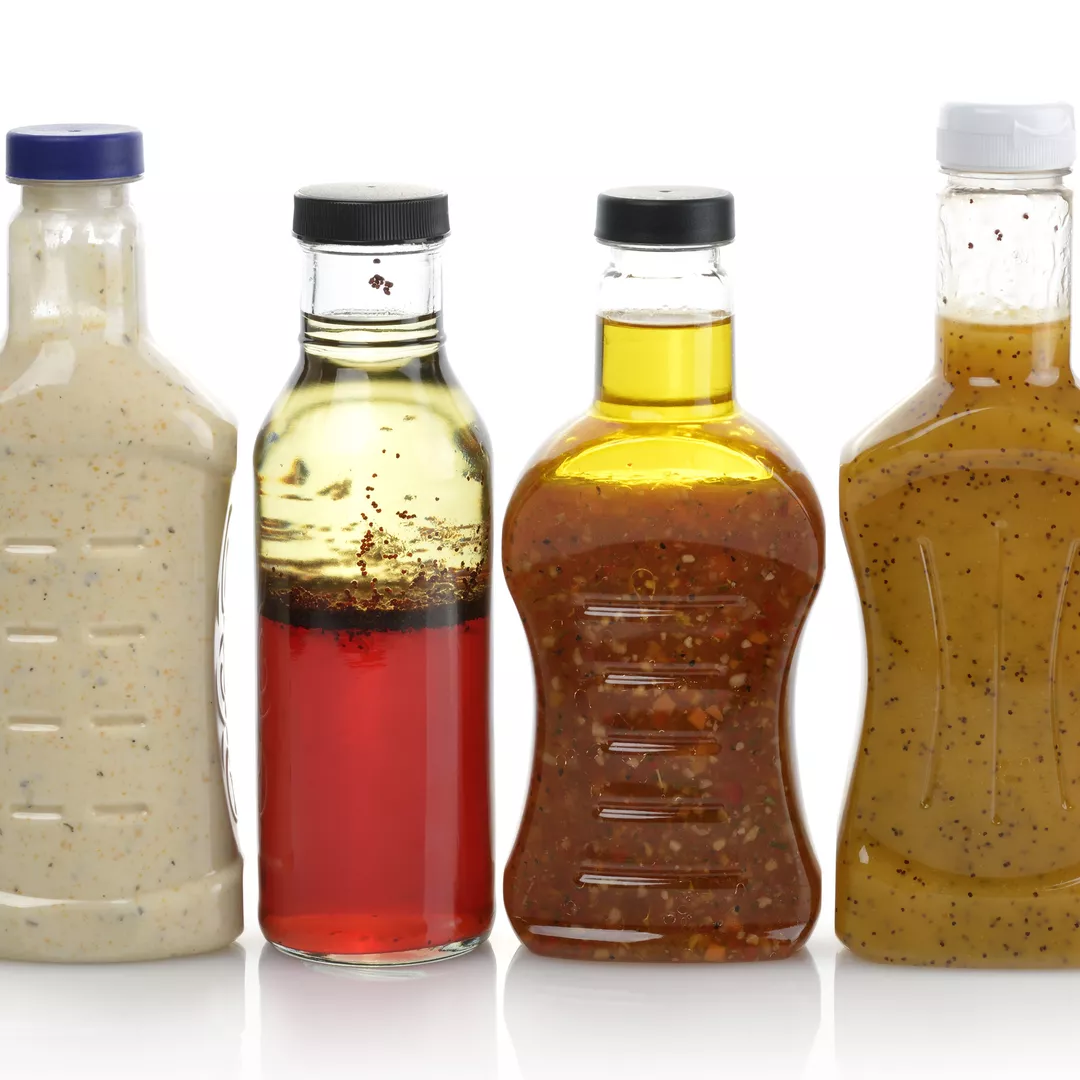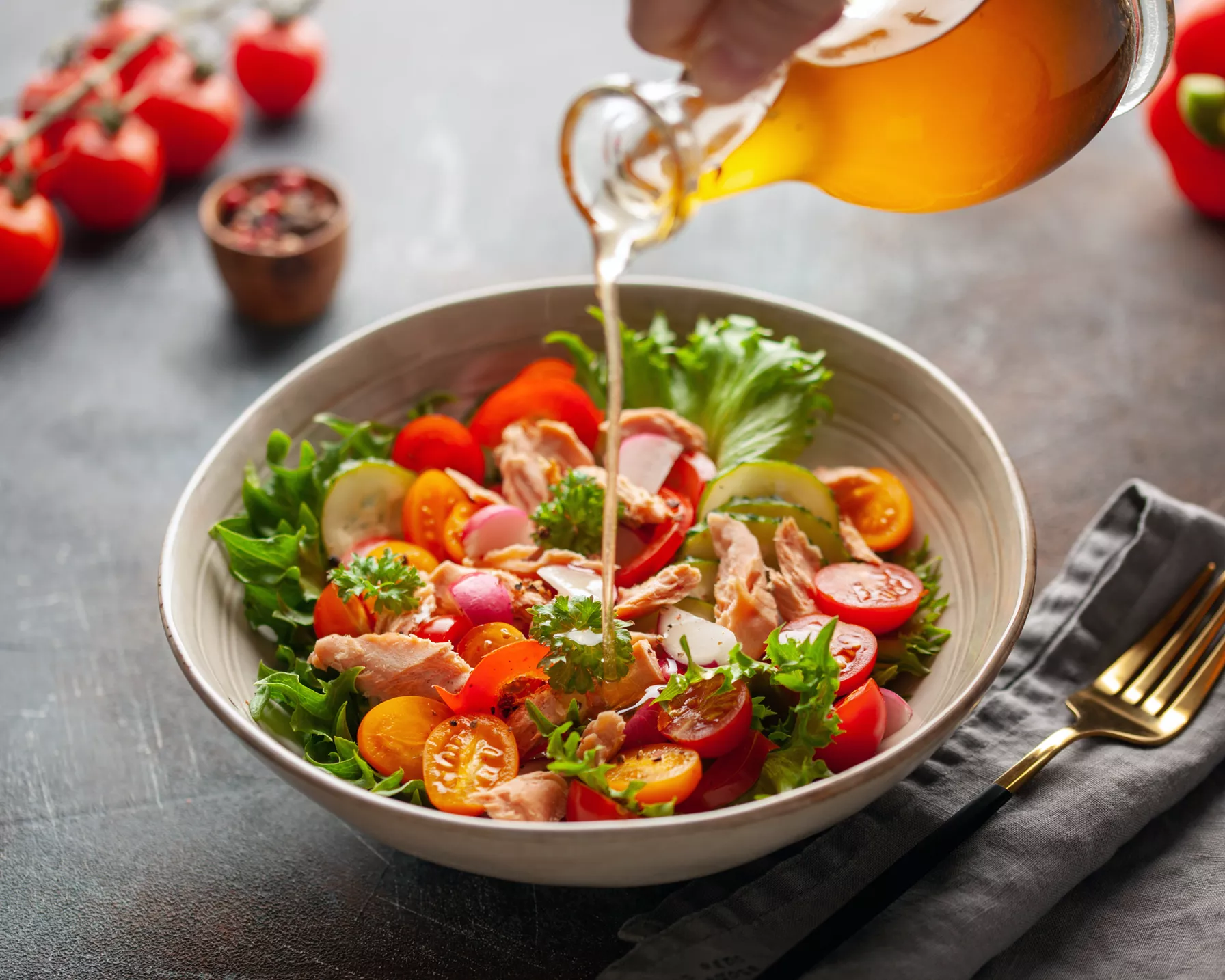
A good salad dressing can make or break a salad. But when it comes to health and nutrition, not all dressings are created equal. Some enhance the nutritional value of your salad, while others add little more than extra fat, sugar, and calories.
To help decode the options, leading Australian nutritionist and dietitian Susie Burrell shares which salad dressings to use most - and which to keep to a minimum.
Salad dressings to use most
Extra Virgin Olive Oil
Nutritionally you cannot go past extra virgin olive oil as a salad dressing. Not only will it help the nutrients of your salad be absorbed, but it will bring out the taste of your ingredients especially when teamed with a little salt and balsamic vinegar.
Lemon Juice
A source of Vitamin C, low in calories and the acidity will help to reduce the glycaemic index of your salad, helping to regulate blood glucose levels.
Apple Cider Vinegar
Not only does it taste great and add literally no calories, will help with nutrient absorption and help to control blood glucose levels.
Dijon Mustard
A little Dijon mustard teamed with extra virgin olive oil and lemon juice is low in calories and flavour rich.
Avocado Oil
A range of different oils means a range of different flavours so mix up your oils to change the taste of any of your favourite salads and avocado oil in particular is a rich source of monounsaturated fats with a creamy taste.
Greek Yoghurt
A much lower fat alternative to sour cream and mayo, Greek yoghurt, whether you opt for full fat at 10% fat, or reduced fat at 4% fat can make a lower fat, creamy salad dressing when mixed with lemon, extra virgin olive oil and garlic.
Balsamic Vinegar
While heavier balsamic glazes can contain high amounts of sugar, and balsamic vinegar some, per serve the amounts of sugar are relatively low, making balsamic with extra virgin olive oil one of the best salad dressings nutritionally.
In fact, if you were looking for the healthiest salad dressing, you would be hard-pushed to find a better mix than extra virgin olive oil teamed with a little balsamic vinegar.
Extra virgin olive oil teamed with a splash of balsamic vinegar makes for a very healthy (and tasty!) salad dressing.
Salad dressings to go easy on
Coleslaw
The fat content of commercial coleslaw dressings can differ considerably, from 30 per cent to a low-fat version that contains a base of sugar and vinegar. Whether you opt for low-fat or regular, the coleslaw dressing is relatively processed so portion control is the key.
Green Goddess
A tasty mix of oil, egg and sour cream, Green Goddess may sound healthy but is relatively high in both fat and sugars, so watch your portions.
Sour Cream
With 30 per cent fat for regular varieties, or 18 per cent for light versions, when used in small amounts to flavour roasted vegetables or Mexican salads, a little sour cream is a creamy, unprocessed salad addition.
French Dressing
A mix of vinegar, oil, sugar and flavour, full fat varieties contain between 15-18% fat, while low fat varieties are based on a little sugar and vinegar and very little fat, making a little French dressing one of the better choices to flavour salads.
Salad dressings to avoid
Mayonnaise
With a base of 70 per cent vegetable oil, and between 7-9 per cent whole egg, regular mayonnaise is upwards of 70 per cent fat, or more than 10g of fat per tablespoon, making it one to watch your serves with, even if you love it.
Aioli
Another creamy mix with a vegetable oil base, as well as a myriad of processed ingredients including colours and flavours - there is nothing healthy about aioli.
Caesar
Up there with mayo and aioli when it comes to overall fat content, with a vegetable oil base and plenty of salt to boot, you are better to ask for your Caesar dressing on the side if your goal is calorie control.
Pesto
The fat content of commercial pestos differs significantly between brands, ranging from 20-50 per cent depending on the amounts of oil and nuts used to make the pesto but either way, the key is portion control as there is a much higher proportion of oil than basil or nuts in pesto, making it a high fat salad addition.
Ranch
Lower in fat than both mayo and aioli, ranch dressing is a lighter, creamy alternative with 5-7gof fat per tablespoon. You can also find lighter varieties which may be more processed but are significantly lower in calories.
Thousand Island
With base ingredients of oil or mayonnaise and sugar, this popular seafood salad sauce is heavily processed and contains an average of 20-30 per cent of fat or 7-10g of fat per tablespoon.
Sweet Chilli Sauce
Whilst sweet chilli is low in fat, it is exceptionally high in sugars, containing almost 2 teaspoons per tablespoon serve, which means there are better sweet options than to drizzle your salad with sweet chilli.
Bottom line
The best dressings not only taste great but also boost the health benefits of your salad. Stick to simple, fresh options like olive oil, lemon juice, and vinegar most of the time, and save creamy, high-fat dressings for an occasional treat.
Try these heart-healthy salad recipes

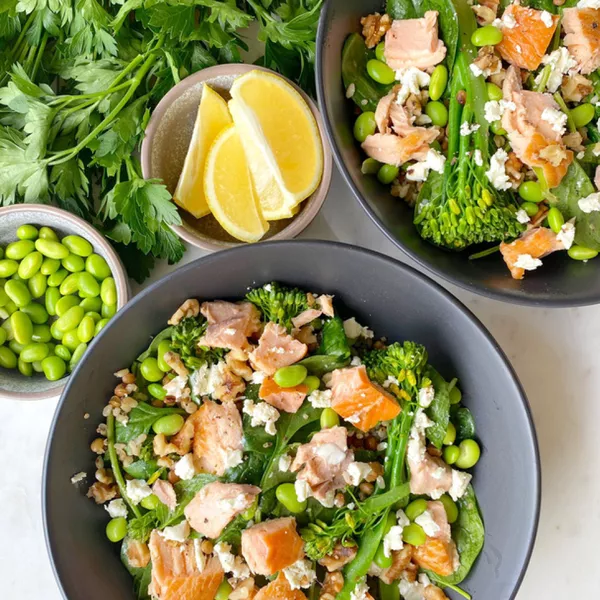
Superfood salmon salad
A filling, nutrient rich salad for times you need to be kept full all afternoon. Due to its combination of omega-3 fatty acids and potassium, salmon is a great choice for heart health.
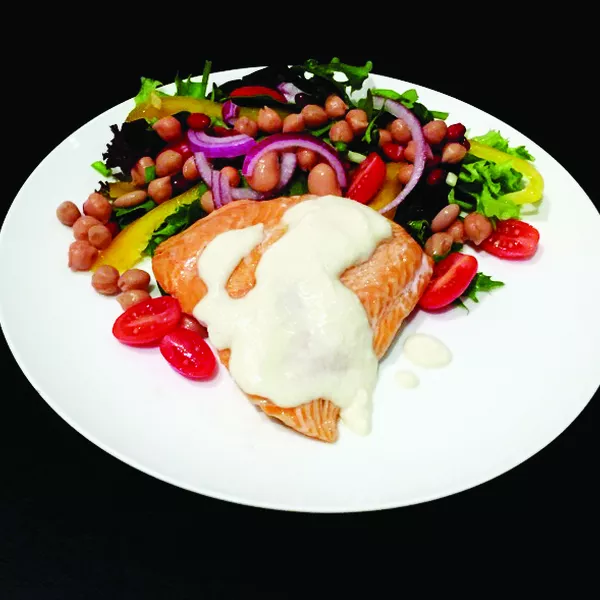
Salmon and four bean salad
Heart tip: Wild, unprocessed, fresh seafood is one of the best sources of Omega 3 leading to protective benefits for your heart. Just ensure you choose sustainably fished seafood so we can enjoy eating it for many years to come.
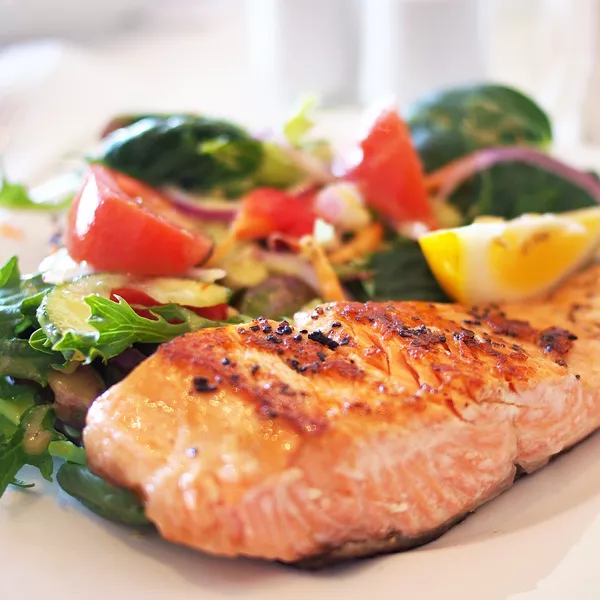
Sesame crusted salmon with avocado salad
Omega-3 fatty acids play a very important role in preventing heart disease. The body converts omega-3 into other chemicals, which have anti-inflammatory properties in the body.
About the author
Susie Burrell
Susie Burrell is an accredited practising dietitian and nutritionist.

More articles by Susie
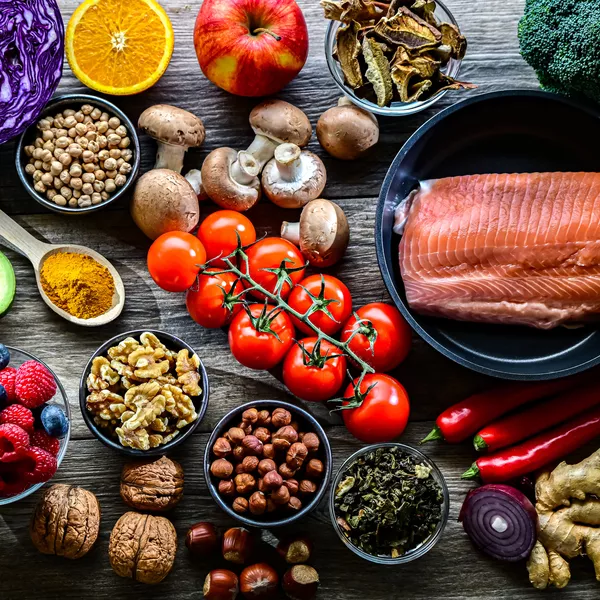
The best anti-inflammatory foods, according to a dietitian
These nutrient-dense foods can be valuable additions to an anti-inflammatory eating pattern, whether you're addressing specific health concerns or working to optimise your long-term wellness.
